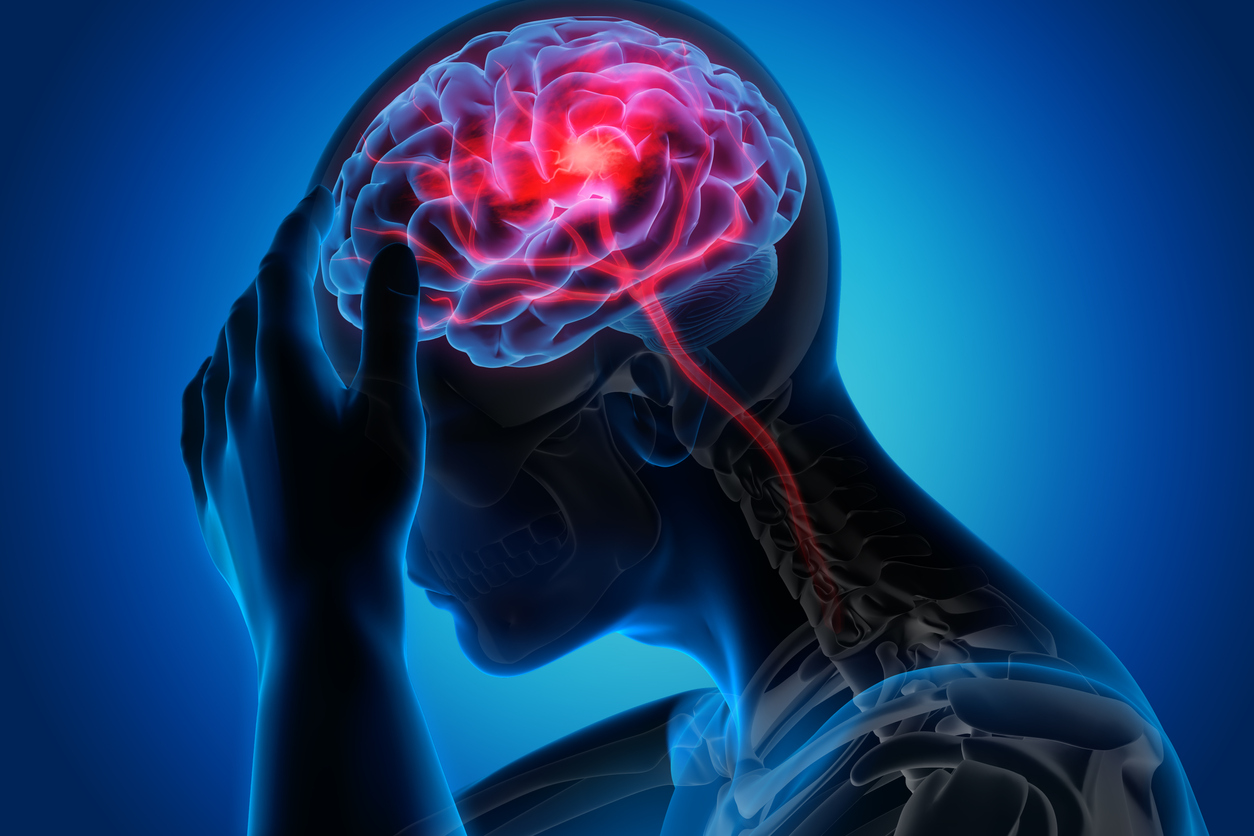Apr 15, 2025

Gastrointestinal & Liver Center (Gastro-Intestinal & Scope Center)
The gastrointestinal (GI) system, a vital part of the body, is responsible for digestion, absorption, and excretion. It includes the mouth, pharynx, stomach, intestines, liver, gallbladder, and pancreas. Below are five common GI diseases:
Symptoms:
Burning or gnawing pain in the epigastrium (upper abdomen), below the sternum, or left rib cage.
Pain worsens when hungry or after eating; relieved temporarily by food.
Severe cases: Vomiting blood, black stools, weight loss, loss of appetite.
Causes:
Helicobacter pylori infection (spread via contaminated food/water).
Long-term use of NSAIDs (e.g., aspirin, painkillers), certain acne medications.
Smoking, alcohol, stress, irregular meals, spicy foods.
Warning Signs Requiring Immediate Care:
Black or bloody stools.
Jaundice (yellowing skin/eyes).
Severe, prolonged abdominal pain.
Vomiting blood or persistent vomiting.
Difficulty swallowing.
Family history of GI diseases or palpable abdominal lumps.
Self-Care for Mild Cases (<2 weeks):
Take antacids.
Avoid smoking, alcohol, spicy foods.
Eat regular meals.
Exercise.
Limit NSAIDs.
When to Seek Medical Help:
If symptoms persist >1 month or worsen, endoscopy is required to check for ulcers, tumors, or cancer.
Symptoms:
Heartburn (burning chest/upper abdomen pain).
Sour/bitter taste in the mouth, chronic sore throat.
Difficulty swallowing, lump-in-throat sensation.
Chronic cough, hoarseness, nighttime choking.
Asthma exacerbation, recurrent pneumonia.
Risk Factors:
Obesity, smoking, alcohol.
High-fat/spicy/acidic foods (e.g., chocolate, coffee, soda, fried foods).
Overeating, stress.
Note: The original Thai text incorrectly discusses hepatitis B here. Translated as per source:
Hepatitis B spreads from mother to child during birth, especially if the mother is unaware of her infection. Early childhood infection often becomes chronic. Transmission routes include:
Unprotected sex, shared needles, unsterile medical procedures.
Blood transfusions, dialysis, organ transplants.
Household exposure to contaminated items (razors, nail clippers).
Symptoms:
Mild fever, nausea, vomiting, fatigue, jaundice.
Advanced stages: Liver lumps (often indicating late-stage disease).
Prevention:
Avoid alcohol, chemicals, toxins.
Maintain a healthy weight, exercise, and rest.
Fibroscan: A 5-minute ultrasound to detect liver fibrosis/cirrhosis, especially in heavy drinkers.
Chronic Hepatitis B Management:
Focuses on reducing liver inflammation to prevent cirrhosis and liver cancer.
Symptoms:
Abdominal pain/cramps relieved by defecation.
Alternating diarrhea and constipation.
Bloating, gas, mucus in stools.
Diagnosis & Treatment:
Mild cases: Reassurance and lifestyle changes.
Severe cases: Medications to regulate bowel movements.
Overview:
Hard deposits (cholesterol/bilirubin) in the gallbladder.
Common in adults >40, especially women.
Symptoms:
Severe right upper abdominal pain (15 mins–hours), radiating to the right shoulder.
Nausea, vomiting, bloating, indigestion.
Acute cholecystitis: Fever, jaundice, dark urine.
Asymptomatic Cases:
Often discovered during routine check-ups.

